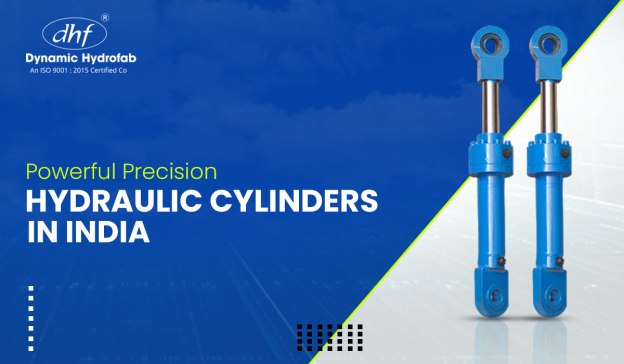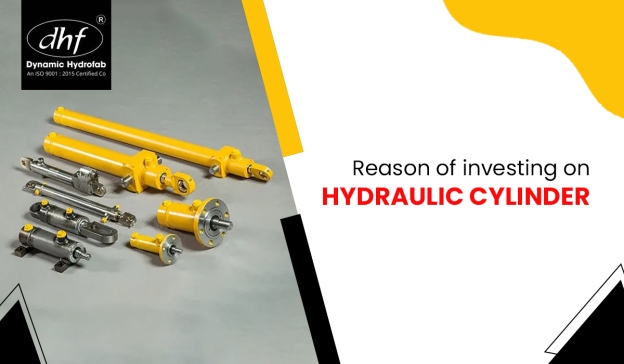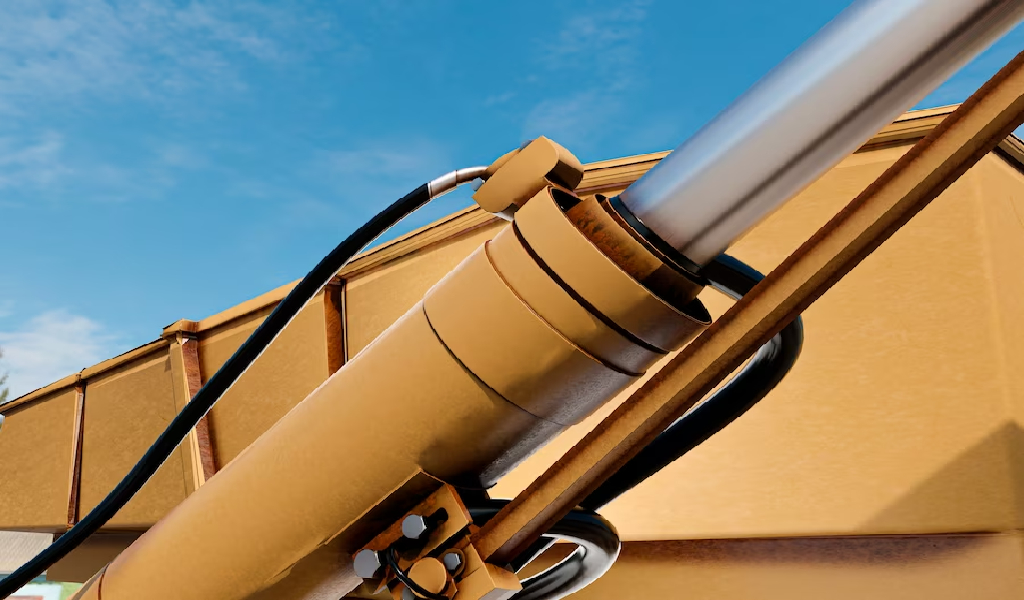In general, hydraulic cylinders refer to the pillar that towers over a wide range of industries due to their provision of some of the most critical power and force needed to run various applications. Just in general, whether in construction, farming, or manufacturing duties, the proper kind of hydraulic cylinders need to be procured with the utmost seriousness. Though this guide is fundamental, it will be equivalent to a tutorial that will eventually empower you with the vital knowledge that you need before you embark on making the purchase.
Understanding Hydraulic Cylinders
In hydraulic systems, the cylinders play a crucial role in transforming hydraulic energy signals, based on traditional workhorses, into linear motion and force. The structure of these devices consists of a sectioned cylinder, a piston, and a rod. Fluid is circulated through a connecting channel into the barrel, pushing the piston through, which creates the required motion.
Types of Hydraulic Cylinders
The hydraulic cylinders have different geometries or designs to match the particular tasks in mind. There are two types of cylinders: the first is a single-acting cylinder, which exerts force in one direction, and the second is called a double-acting cylinder, which is capable of force exertion in both directions. Telescopic cylinders offer one of the highest strokes available with the narrowest profile allotted in limited spaces, and tie-rod cylinders match well with the needs of off-highway equipment applications with high durability and robustness.
Factors to consider
There is a spectrum of factors to determine the perfect hydraulic cylinder. Along with this, we have application requirements, operating pressure, temperature range, mounting options, and environmental conditions that are the main parts of the process. Conducting a discreet evaluation of such factors as the operational objectives makes it possible to choose the most suitable cylinder.
Also Read:- Precision Hydraulics: Leading Manufacturer of Hydraulic Cylinders in India
Sizing and Specifications
Succeeding in hydraulic cylinder procurement involves investigating sizing and having the correct specifications in mind. Choosing the equipment goes with the mission specs and includes bore dimension, rod diameter, fall stroke, and mount type among the vital factors to consider. Instruction from hydraulic specialists or considering manufacturer guidelines is essential to the correct quantification.
Locating price-conscious options in India
You will discover multiple options when looking to buy cheap Hydraulic Cylinders in India. One of the ways we can do so is to research and evaluate the cost from multiple manufacturers and suppliers. Various online marketplaces provide one-stop platforms for people to choose from a wide range of hydraulic cylinders and compare prices to find the most reasonable deal.
Another tactic is to investigate the outlets of local stores at Hydraulic cylinder manufacturers India, as they might offer hydraulic equipment on sale at affordable prices. Working closely with local providers would generally result in getting some discounts, either for large shopping or repeat visits.
A Guide for You to Saving Money on Hydraulic Cylinders in India
Budget shopping for Hydraulic Cylinders in India sees to it that you take into consideration a couple of tips to enhance your savings without having to hazard quality. Also, choose such compositions, which have common sizes and standards and are cheaper and more accessible in comparison with the bespoke ones.
Moreover, marketers should discover such promotions, discounts, and clearance sales provided by the Hydraulic cylinder manufacturers and suppliers as well. Grabbing the opportunity from seasonal sales or end-of-year promotions will give you the privilege to save a lot of money yet still have a top-quality cylinder.
Alternatively, you could consider investing in hydraulic cylinders in bulk. Doing this would allow you to purchase them as a package, which may offer more discounts and cost savings compared to purchasing the cylinders individually.
Conclusion
Selecting hydraulic cylinders involves multiple factors that have to be examined meticulously. The strong suit of your cylinder types, sizing, specifications, and quality attributes is that you can make rational decisions based on this detailed knowledge. By embracing the wisdom found in this handbook, you can select cylinders that would suit all your operational duties, guaranteeing longevity and even higher quality performance.

















